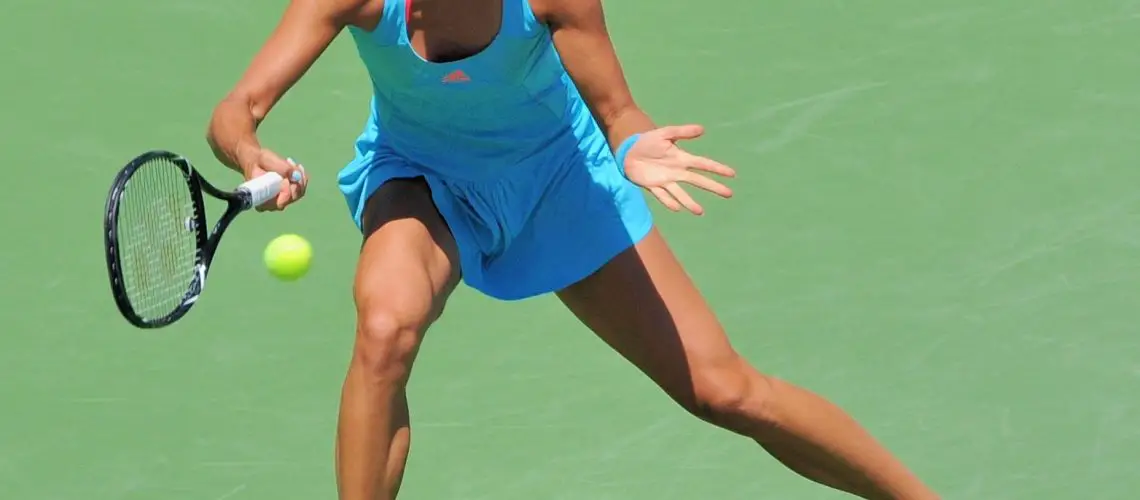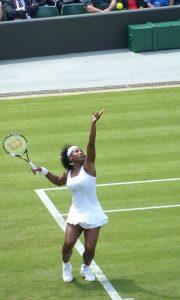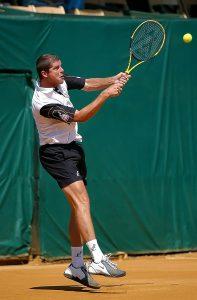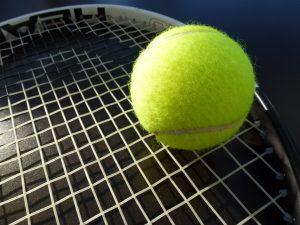We may earn money or products from the companies mentioned in this post.
Introduction

In the world of tennis, mastering the serve is crucial for success on the court One key element of a powerful and accurate serve is proper pronation technique Pronation refers to the rotational movement of the forearm that enables players to generate maximum speed and spin on their serves
Understanding and executing pronation correctly can make a significant difference in a player’s ability to dominate their opponents In this blog, we will delve into the definition of pronation in a tennis serve, discuss why it is essential to master this technique, and provide an overview of the different sections that will be covered in detail
Definition of Pronation in Tennis Serve
Pronation in a tennis serve involves the rotation of the forearm as you strike the ball with your racquet This motion allows for greater racket head speed and generates topspin or slice depending on your desired shot placement It is essentially an outward movement that helps players achieve optimal power, accuracy, and trajectory on their serves
When executed correctly, pronation involves supination (the opposite inward motion) during the backswing followed by a quick transition to pronation just before contact with the ball The coordination between these two movements is critical for achieving optimal results
Importance of Proper Pronation Technique
Mastering proper pronation technique is vital for several reasons:
-
Powerful Serves:
By effectively utilizing pronation, players can maximize racket head speed at impact, resulting in more power behind their serves This increased power can help create more challenging shots for opponents to return -
Accurate Placement:
Pronating correctly allows players to control where they want their serves to land on the court By manipulating the amount of spin generated through pronation, players can hit wide serves, kick serves, or slice serves with precision -
Reduced Risk of Injury:
Proper pronation technique helps distribute the forces exerted during the serve across different muscle groups and joints This balanced distribution reduces the risk of overuse injuries such as tennis elbow or shoulder strain, allowing players to perform at their best without compromising their physical well-being
Overview of Blog Sections
In this blog post, we will explore various aspects related to pronation in a tennis serve We will cover:
- The biomechanics of pronation and how it contributes to a powerful serve
- Drills and exercises to improve your pronation technique
- Tips for incorporating pronation into different types of serves (flat, topspin, slice)
- Common mistakes to avoid when learning and executing pronation
- The role of grip and wrist position in facilitating proper pronation
- Insights from professional players on how they utilize pronation effectively in their serves
By delving into these sections, you will gain a comprehensive understanding of the importance of mastering proper pronation technique and learn practical tips to enhance your own serve
Understanding Pronation in Tennis Serve
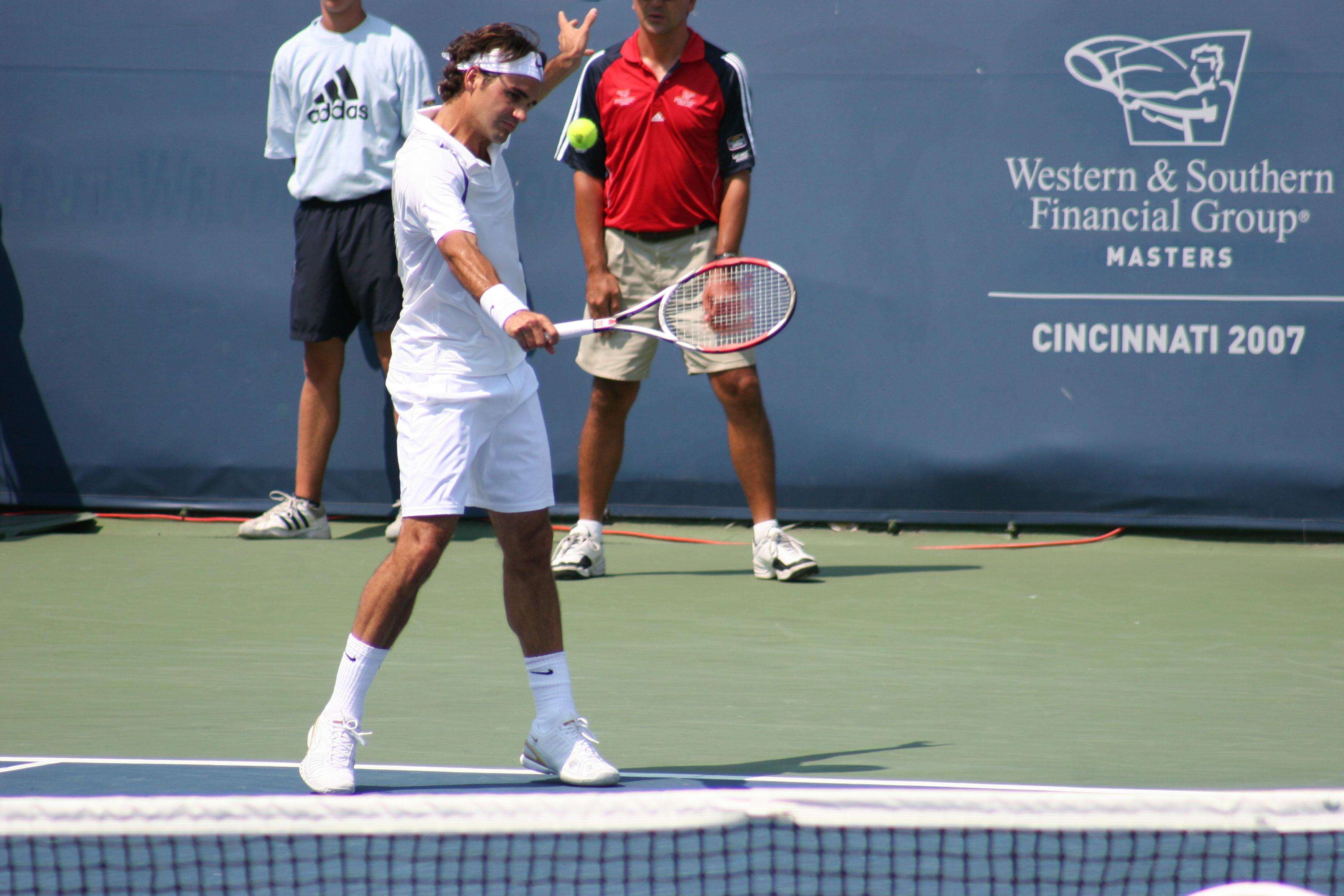
When it comes to mastering the tennis serve, understanding the biomechanics of pronation is crucial Pronation is a key movement that allows players to generate power and control over their shots It involves a complex interplay of muscles and requires a specific range of motion for optimal execution
Biomechanics of Pronation
The process of pronation in the tennis serve involves various muscles working together harmoniously The primary muscles involved include the pronator teres, flexor carpi radialis, and extensor carpi radialis brevis These muscles play a critical role in rotating the forearm and wrist, allowing for efficient transfer of energy from the body to the racket
To achieve ideal pronation, players need to have a sufficient range of motion in their shoulder joint, elbow joint, and wrist joint This flexibility enables them to generate maximum racket head speed and produce spin on the ball Without proper range of motion, players may struggle to execute an effective serve
Key Differences between Flat, Slice, and Kick Serves
Tennis serves come in different varieties, each with its own unique characteristics Understanding these differences can help players tailor their serves according to specific game situations or opponent weaknesses
1 Grip Variations for Different Types of Serves:
- In a flat serve, players typically use an Eastern grip or slight variation thereof to maximize power while maintaining control
- A slice serve often requires a Continental grip or slight variation that allows for more wrist involvement in generating side spin
- A kick serve utilizes either an Eastern backhand or extreme Eastern grip combined with significant upward brush contact on the ball for enhanced topspin
2 How Spin Affects Ball Trajectory and Bounce:
The type of spin applied to the tennis ball significantly impacts its trajectory and bounce upon landing A flat serve, with minimal spin, travels through the air in a straighter line and bounces relatively low In contrast, a slice serve generates lateral spin, causing the ball to curve away from the opponent and bounce at an unpredictable angle Lastly, a kick serve imparts topspin, resulting in higher bounce and a potentially uncomfortable return for opponents
Mastering pronation is essential for any tennis player looking to improve their serve technique By understanding the biomechanics involved and the differences between various types of serves, players can develop a more versatile and effective serving arsenal
The Grip: Choosing and Perfecting the Right Grip for Your Serve

When it comes to mastering the pronate tennis serve, the first step is to choose and perfect the right grip One popular option is the Eastern backhand grip, also known as the chopper grip This grip allows for more wrist flexibility and pronation during the serve, giving you greater power and control over your shots
However, simply choosing the right grip isn’t enough It’s important to maintain a relaxed grip throughout the entire serve motion Tension in your hand and forearm can hinder your ability to generate power and accuracy So remember, stay loose and let your racket do the work!
Stance and Body Position: Setting Up for a Powerful Serve
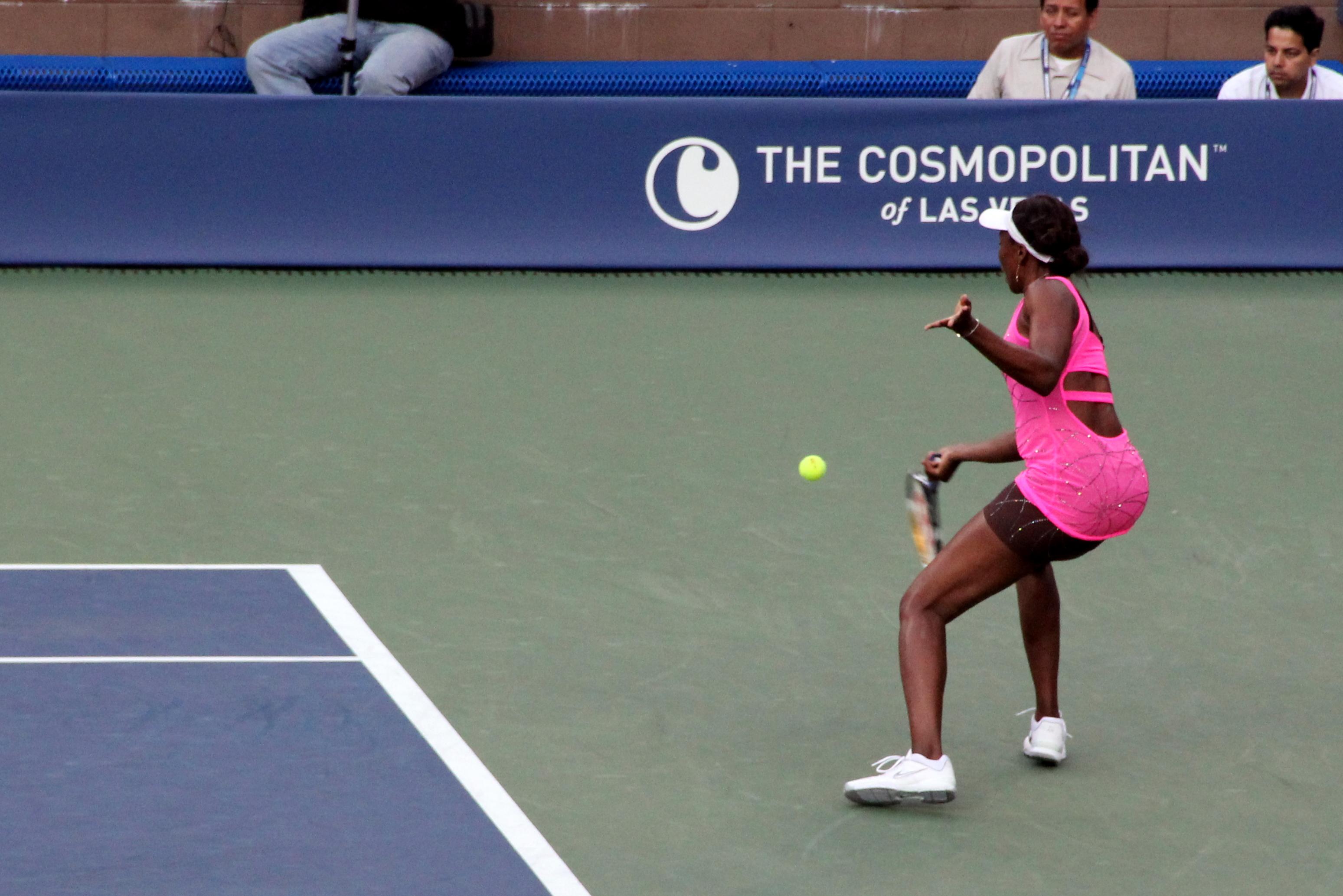
Your stance and body position play a crucial role in setting up for a powerful serve There are two main options to consider – horizontal stance or pinpoint stance
A horizontal stance offers stability and balance but sacrifices some power On the other hand, a pinpoint stance provides more explosiveness but may require better timing and coordination
In addition to your stance, proper body alignment with your target is essential Make sure your shoulder, hip, knee, and foot positions are aligned towards where you want to hit the ball This will help maximize your kinetic chain energy transfer from lower body to upper body during your serve
Toss: Executing a Consistent Ball Toss for Optimal Contact Point

The toss is often overlooked but plays a crucial role in achieving an optimal contact point during your serve The ideal height and placement of your toss will depend on the type of serve you’re aiming for – flat, slice or kick
To improve consistency in this crucial aspect of serving, incorporate practice drills that focus on tossing the ball at the right height and location This will help you develop muscle memory and improve your ability to consistently hit the optimal contact point
Serve Motion: Breaking Down the Key Phases of Service Action

The serve motion can be broken down into two key phases: the wind-up phase and the acceleration phase
The wind-up phase involves taking your racket back and reaching the trophy position, where your racket is behind your head It’s important to have a smooth and fluid motion during this phase, as it sets the foundation for generating power in your serve
In the acceleration phase, focus on extending your elbow fully and rotating your forearm forcefully This creates whip-like action, generating speed and pronation that allows you to hit with power and spin
Contact Point: Hitting the Sweet Spot with Proper Pronation

One of the keys to a successful pronate tennis serve is hitting the sweet spot with proper pronation The contact point is crucial for maximizing power, accuracy, and spin on your serve
Several factors determine the ideal contact point height and location, including personal preference, desired shot outcome, and individual body mechanics Experimenting with different contact points will help you find what works best for you
Follow-Through & Recovery: Completing Your Serve With Balance

No pronate tennis serve would be complete without a proper follow-through and recovery After making contact with the ball, continue swinging your racket forward while maintaining balance throughout your body
A balanced follow-through ensures that you maintain control over your shots and are ready for any subsequent shots from your opponent Practice this aspect of serving to develop consistency in completing each serve effectively
When it comes to perfecting your technique in any sport, identifying and rectifying common mistakes is crucial In tennis, there are a few common mistakes that players often make when it comes to their wrist snap during contact One of the main causes of poor wrist snap is locked or overly stiff wrists To fix this issue, it’s important to focus on wrist strengthening exercises and flexibility drills By improving the strength and flexibility in your wrists, you’ll be able to achieve a more powerful and controlled wrist snap during contact
Another mistake that can hinder your performance on the tennis court is an inconsistent toss leading to suboptimal pronation Pronation refers to the rotation of your forearm as you hit the ball If your toss is inconsistent or rushed, it can throw off your timing and prevent you from achieving optimal pronation To address this issue, incorporating toss practice drills into your training routine can be extremely beneficial Additionally, visualization techniques can help improve your ball release timing and ensure a more consistent toss
Late or incomplete pronation is yet another common mistake that many tennis players struggle with This occurs when there is insufficient forearm rotation or muscle tightness during the stroke To tackle this problem, incorporating stretching routines into your pre- and post-match routine can help increase flexibility in your forearms and reduce muscle tightness Targeted strengthening exercises can also be beneficial in improving pronation by developing the muscles required for proper rotation
By identifying these common mistakes and implementing the suggested solutions, you’ll be well on your way to improving your overall technique on the tennis court Remember, practice makes perfect, so don’t hesitate to incorporate these fixes into your training regimen for noticeable improvements in no time!
Conclusion
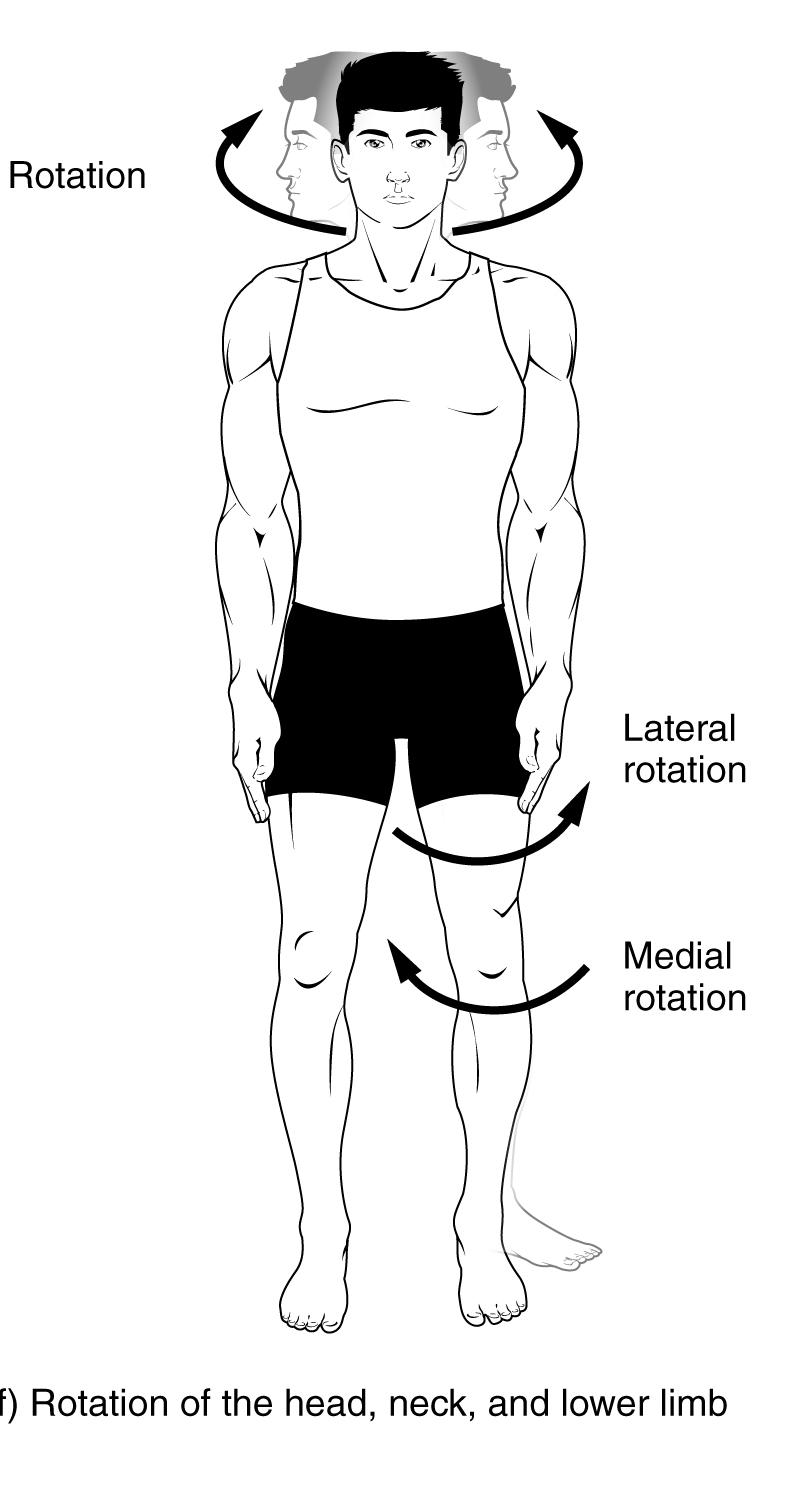
In conclusion, this article has explored various techniques and frameworks for effective coding writing By implementing these strategies, you can elevate your content to the next level, ensuring it is engaging and informative for your readers
Summary of Key Takeaways
Throughout this article, we have discussed several important points that can enhance your coding writing skills:
-
Use a conversational style:
Adopting an informal tone, employing personal pronouns, active voice, rhetorical questions, and analogies/metaphors can make your writing more relatable and engaging -
Ensure fluent English:
Writing in flawless English is crucial to maintain clarity and readability Pay attention to grammar, sentence structure, punctuation, and spelling -
Optimize for SEO:
Incorporate relevant keywords naturally throughout your content to improve its visibility in search engine results -
Create unique content:
Avoid plagiarism by producing original ideas and presenting them in a fresh way This will captivate readers’ attention and establish you as an authority in the field -
Maintain context and specificity:
While striving for creativity and engagement, ensure that your writing remains focused on the topic at hand Provide specific examples or case studies to support your points
Encouragement for Consistent Practice and Improvement
Becoming a skilled coding writer requires consistent practice and dedication Don’t be discouraged if your initial attempts don’t meet your expectations – improvement comes with time!
To refine your skills further:
-
Dedicate regular time for writing exercises:
Set aside specific periods to practice your coding writing This could involve writing blog posts, documentation, or contributing to coding forums -
Seek feedback and learn from it:
Share your work with peers or mentors who can provide constructive criticism Embrace feedback as an opportunity for growth and refine your writing based on the suggestions you receive -
Read extensively:
Explore a wide range of coding-related literature, including books, articles, and blogs By immersing yourself in well-written content, you’ll gain inspiration and develop a stronger understanding of effective writing techniques -
Stay updated with industry trends:
Keep yourself informed about the latest developments in the coding field This will not only enhance your knowledge but also allow you to write more relevant and valuable content for your audience
In conclusion, by implementing the strategies discussed in this article and committing to consistent practice and improvement, you can become an exceptional coding writer Remember that writing is a skill that can always be honed – so keep pushing yourself and strive for excellence!
Useful Links

Tennis Serve: Learn Pronation To Improve Your Serve
Tennis Serve Tip: How To Pronate For More Power in 2023
Kick Serve vs Flat Serve Pronation
Serve supination and pronation. Prior to contact, the racket is …
What are the pros and cons of pronating my wrist …
Wrist Pronation Drills for Tennis Serves
Mystery of pronation on serve
Nick Kyrgios Helps Debunk Top Five Serve Myths
The Flat Serve | Simple Modern Tennis – WordPress.com
Tennis Serve Pronation – Fun Exercises for Power and …
Serve Pronation Explained #MakeItCinematic #tennis … – TikTok
Service Pronation | Ash Main Site – Ashley Duke
Pronation Serve | Prince of Tennis Wiki – Fandom
How to Practice tennis serve pronation – WonderHowTo
S035. Ultimate Tennis Serve Pronation – In Crazy Detail
Off Court Practice
Pronation on serve question. : r/10s
Beginner Serve Vs. Advanced Tennis Serve – Tips to …
Pronate On Slice Serve? – Daily Tennis Lesson

